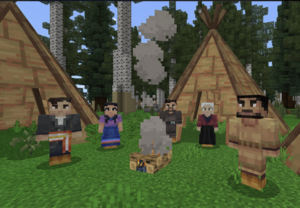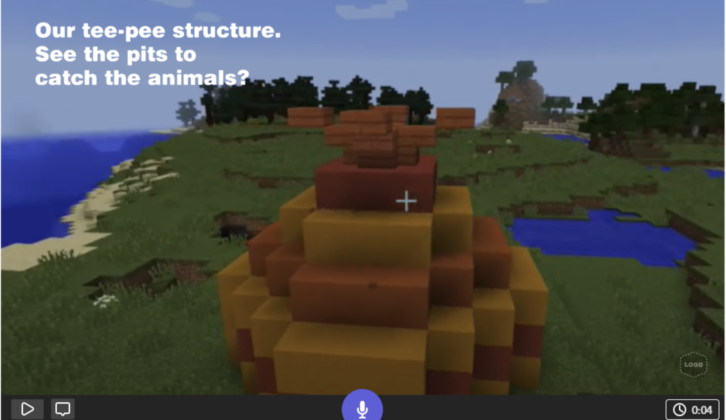Delivering learning gains with virtual reality
For over a decade, I’ve been working with PK-8 classrooms all over southern New Jersey to integrate technology. From projectors and smartboards to pencils and touchpads, we’ve seen so much evolution of technology in education. One of the more recent learning technologies I’m excited about is virtual reality and the learning gains it offers. It folds lessons into a video-game-like environment that many students already are familiar with and love — another of the many benefits of technology in the classroom for today’s students.
Recent research projects a 36% annual growth rate of virtual reality — in the education field alone — from $6.37 billion in 2021 to $8.66 billion in 2022. That’s a big-number way to say that virtual reality is a great resource to start integrating into teaching and learning.
In the recent past, we were spending time discussing hardware, learning software and how to create multimedia projects. Today, virtual reality and other technology empower students and allow for collaboration across time zones and languages. Virtual reality transports students from their seats to places all over the planet (and universe). I find the students in my cooperating districts want to use VR because it’s cool and exciting — a big win for student engagement.
Here are two virtual reality resources I recommend and how they promote students’ learning gains.
Open-world, a virtual-reality game
Minecraft: Education Edition (M:EE) takes Minecraft’s immersive worlds and adds collaboration tools, classroom controls and more into an open-world game where students can really tap their imagination. It can be used on Windows, iPad and Chromebook. Students who aren’t familiar with it can access a tutorial “world” that will teach them how to use it.

Educators can take control of the environment, directing students to learn in specific spaces while also providing space for them to explore. This collaborative sandbox game works well with open-ended projects where students construct their understanding and create their own adventures.
For example, a middle-school teacher assigned students a pre-history project, asking them to learn about that period’s culture, lifestyle, and historical limitations and assets. The students next had to build an entire pre-history village using only the materials that would have been available during that time.
They were able to do both using M:EE and its integrated learning platform, which allowed students to demonstrate creativity and showcase evidence of learning through self-created resources. The students discussed the authenticity of their creations with their team, defending their choices as they constructed this world together. The teacher facilitated a rich debate on the types of building blocks, smelting techniques and sustainable materials in their designs. Embedded and customizable quizzes amplify a lesson plan’s learning even more.
Creative cloud aids more learning gains
I hear all the time from teachers that their students want to share about what they built and how they creatively solved problems. Now, the teacher can make that part of the above pre-history project, asking students to design a presentation of their work. I like to use Adobe Creative Cloud Express, which offers graphics, webpages and videos.
The platform has templates and easy-to-use visual editing tools that lets students put together presentations and showcase the screenshots they took as they built their pre-history projects. They can add text explanations and effects, upload their own designs and import videos to demonstrate their projects.
The students then illustrate their understanding of the subject matter as they present their collaboration to the class and reflect on the experience, process, road map for their village and the artifacts they chose to represent. This presentation shows how many learning gains virtual reality has helped them make.
Virtual reality is no longer inaccessible
Virtual reality can be incorporated into classroom lessons in so many ways now. Different tools offer museum tours, journeys inside the human body, foreign language experiences and views of the night sky.
I can use any number of tech tools to ignite my students’ curiosity, inspire them to work together and frame their learning in a way that turns them into subject-matter experts. Engaging students like this and improving their understanding of subjects are among our chief goals as educators.
Michelle Wendt is a technology integrationist at the Southern Regional Institute and Educational Technology Training Center. She teaches pre-service teachers in the School of Education at Stockton University. Wendt is the current president of the International Visual Literacy Association.
Source: https://corp.smartbrief.com/original/2022/05/delivering-learning-gains-with-virtual-reality?utm_source=brief




